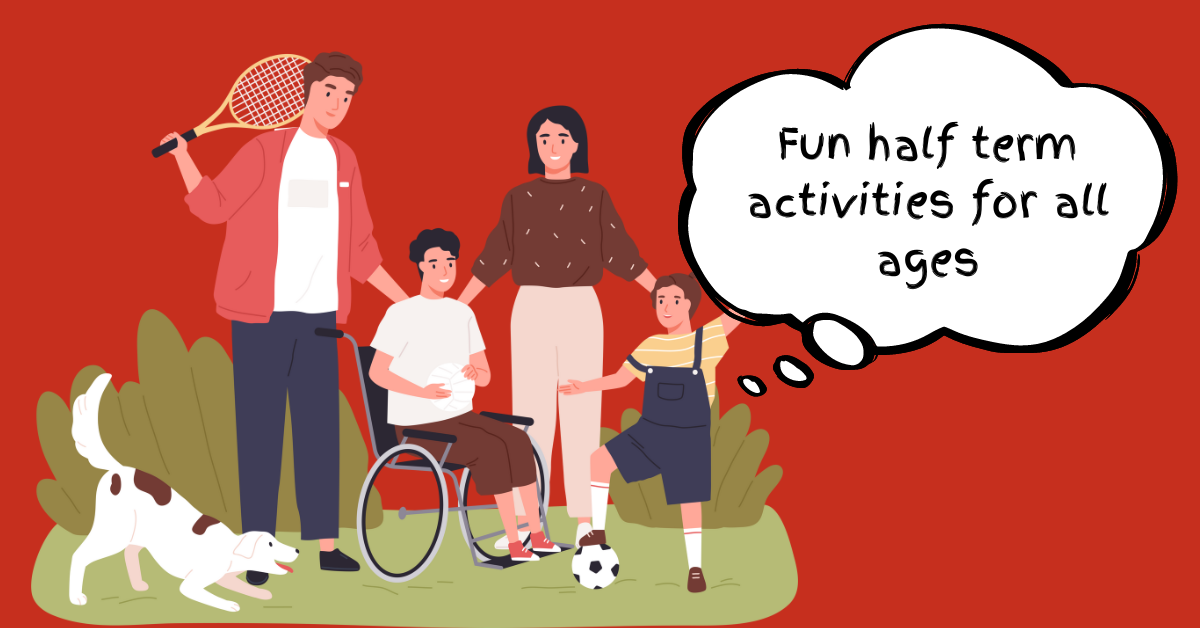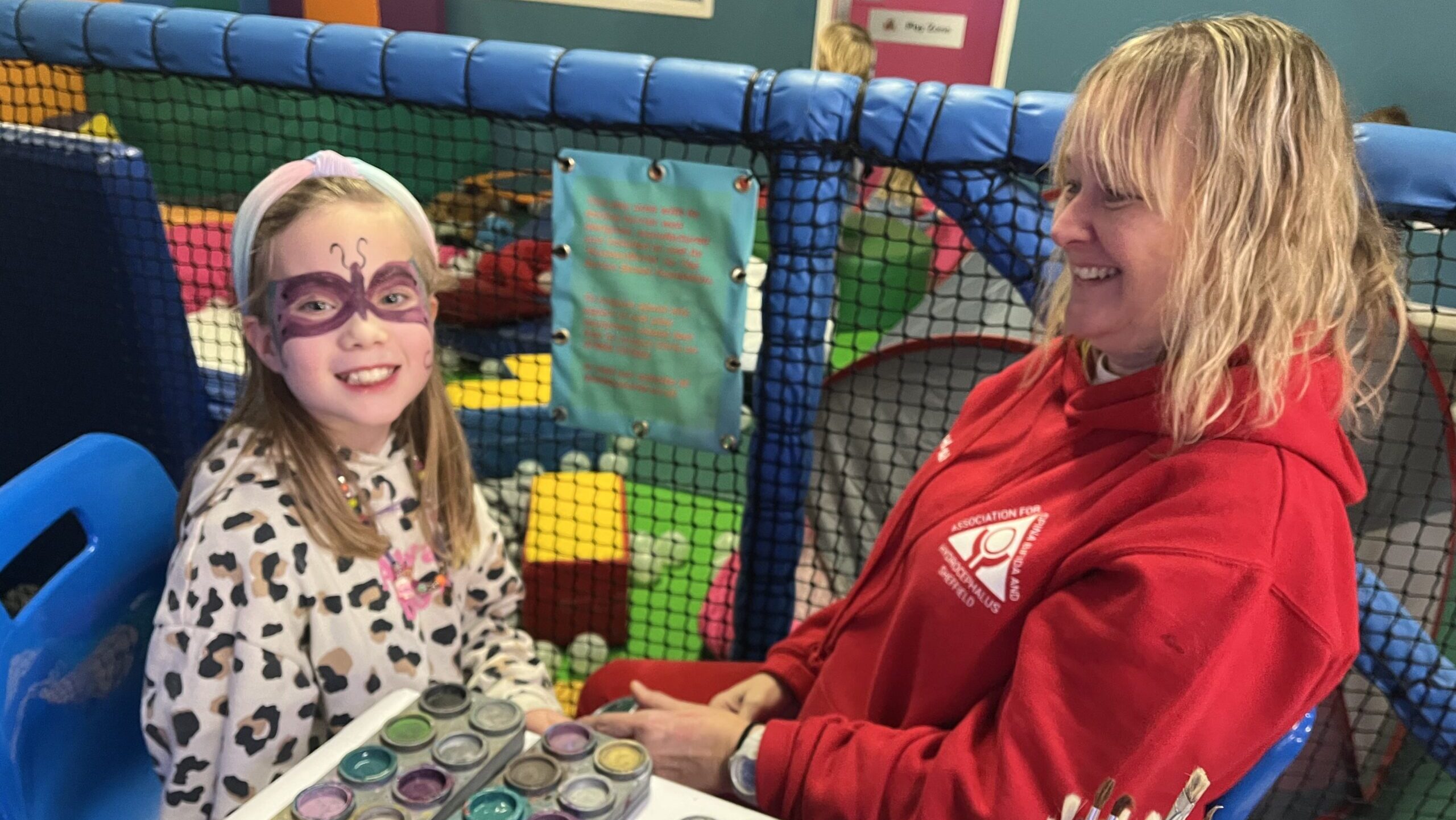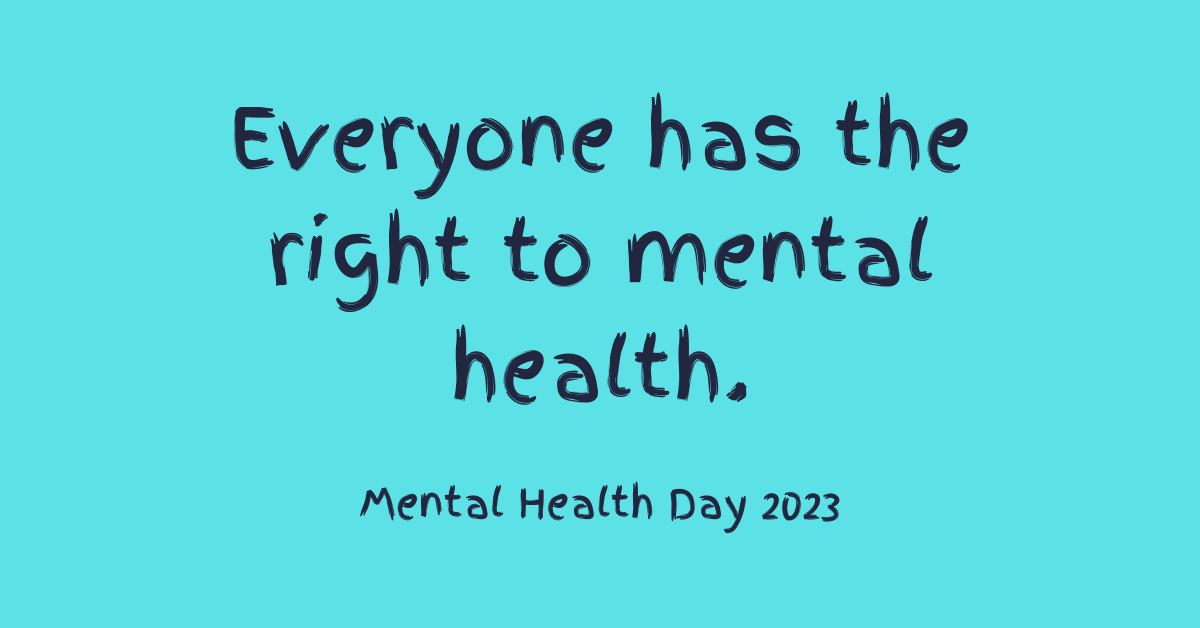February half term is a tricky one. Most people don't go on holiday and the…
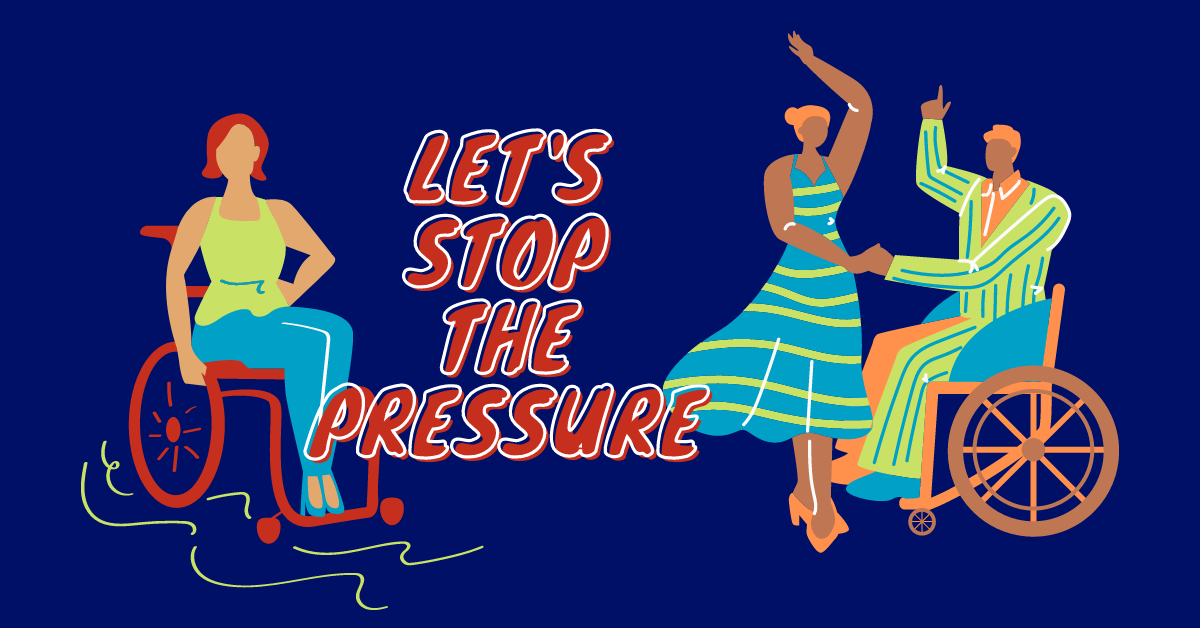
The Fight Against Pressure Ulcers
Let’s talk pressure ulcers. Spina bifida comes with a risk of developing pressure ulcers, also called pressure sores. They’re a massive issue among teens and adults in our community. In a recent survey, SHINE found that pressure ulcers were the biggest reason for their members needing an unplanned hospital stay.
Here at SHASBAH, we’re passionate about giving you the knowledge you need to take charge of your own health. We know that you’re the best person to notice any changes in your mind and body. Spina bifida and hydrocephalus are complex conditions where there’s a lot to manage on a daily basis. However, we want to highlight the importance of checking the health of your skin and watching out for pressure ulcers.
What’s a pressure ulcer?
So what is a pressure ulcer and why do we need to watch out for them? A pressure ulcer is an area of skin which is damaged by something pressing or rubbing against it repeatedly. The skin cells can’t get enough oxygen and so they begin to die. Pressure ulcers can form on any area of the body, but they’re most commonly found on bony parts, such as the spine, hips and heels.
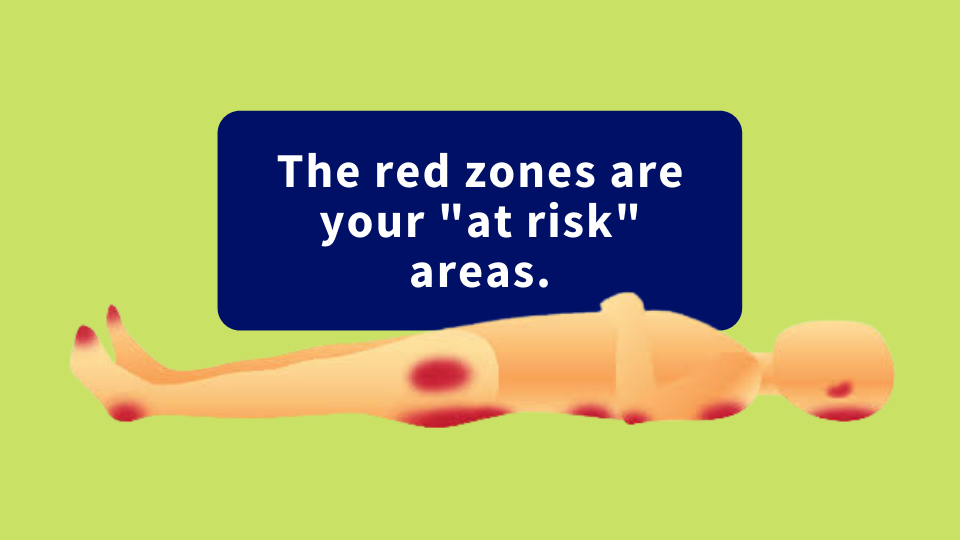
Why does spina bifida put me at risk of pressure ulcers?
Wheelchair users and people with continence management needs are at higher risk of getting a pressure ulcer. This is because a lot of time is spent in one position and because wet skin is more easily damaged. Sadly, people with spina bifida often face a lifelong struggle to prevent and manage pressure ulcers.
How can I prevent pressure ulcers?
It’s much easier to prevent a pressure ulcer from developing than to treat a pressure ulcer once you have it. The first sign of skin damage is redness. Check your skin every morning and night and see your GP if you find any redness that worries you. Don’t wait to see if it gets better because the longer you leave it, the harder it gets to heal. A skin check is a healthy and important habit to fit into your daily routine. It’s even more important to do a skin check when you’re less mobile than usual, for example when recovering from illness. A balanced diet also reduces the risk of pressure ulcers so make sure you’re getting those fruit and veg!
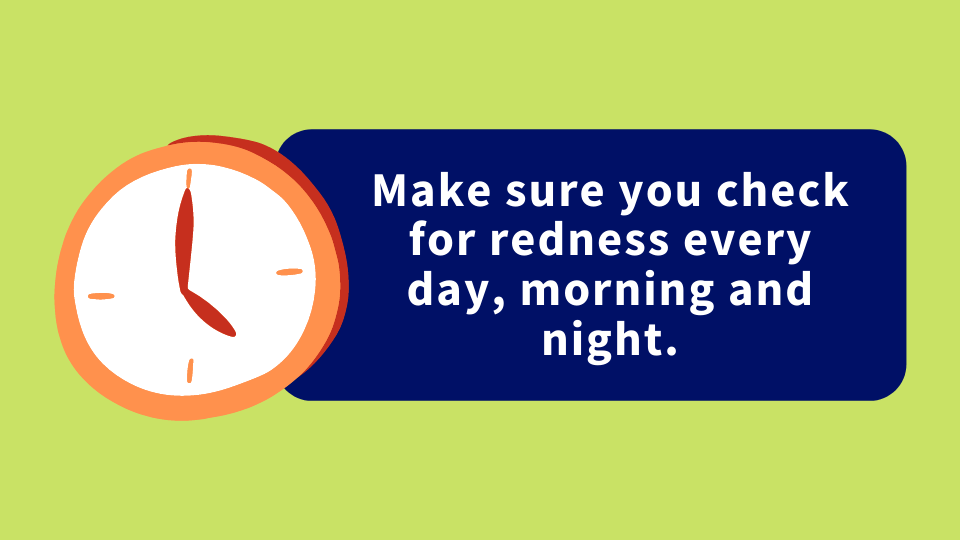
Sometimes it’s very difficult to prevent pressure ulcers, so please don’t blame yourself. Make sure you know how to access help, such as a tissue viability nurse. If you feel unsure of where to go for help, then feel free to get in touch with SHASBAH. We have lots of experience in dealing with pressure ulcers and spina bifida in the Sheffield healthcare systems. Staff in hospitals or care homes should be aware of the risk of pressure ulcers.
What are the treatments for pressure ulcers?
If caught early, pressure ulcers can be treated at home. This may look like:
- Applying dressings
- Regularly changing position
- Specially designed mattresses or cushions
- Wound cleaning procedures
A severe pressure ulcer may need surgery to remove damaged tissue and close the wound. For more information on pressure ulcers, see the NHS webpage.
Add your voice to pressure ulcer research
Of course, some of our members are all too aware of the effect that pressure ulcers can have on life. If you have personal experience of pressure ulcers, you could help with health research that is relevant to you. Let us introduce you to the Pressure Ulcer Research Service User Network (PURSUN). PURSUN are a group based in Leeds. Their aim is to improve research into pressure ulcer prevention and care by giving patients and carers a voice. They’re a network of people who bring their day-to-day experience of living with the risk of pressure ulcers to medical and research professionals. PURSUN have already worked with nurses about preventing pressure ulcers in hospital and helped to develop a pressure ulcer risk assessment tool.
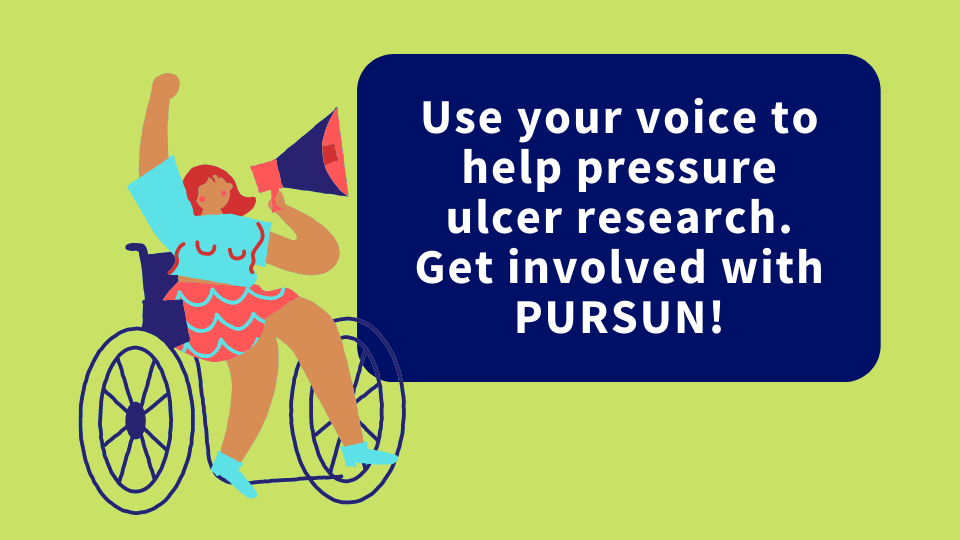
As a member of PURSUN, you would be sent information on any current projects. You could then get involved by attending meetings whenever you see anything relevant or interesting. Brian Rawson is a SHASBAH trustee and has spina bifida and hydrocephalus. He’s very involved with PURSUN and says, “I enjoy being part of PURSUN because we all have one goal and that is to stop the physical and emotional pain of having a pressure ulcer. The people who are part of PURSUN have got a wealth of knowledge that can help prevent people getting pressure ulcers. The meetings aren’t all high-brow with technical words, it’s a conversation in layman’s terms where questions are welcome.”
Delia Muir and Holly Schofield (pictured below) are the organisers of PURSUN and would love to hear from anyone who is interested in getting involved. If that’s you, then get in touch and they will arrange a conversation about your experience, support needs and give more information about the charity. They are keen to resolve any issues with access, so that shouldn’t be a barrier to anyone. Email Holly at h.schofield@leeds.ac.uk to find out more.
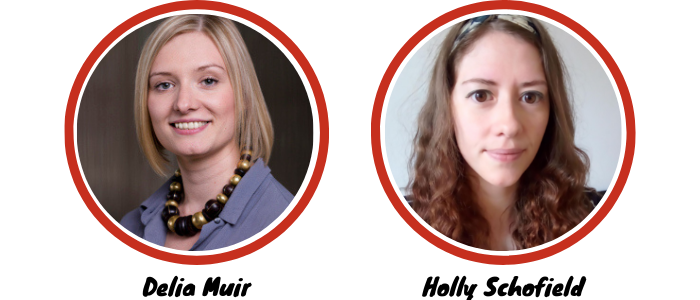
This article first appeared in our Summer 2021 newsletter, which you can download below. For more information on pressure ulcers, see the NHS campaign ‘Stop the Pressure’.

